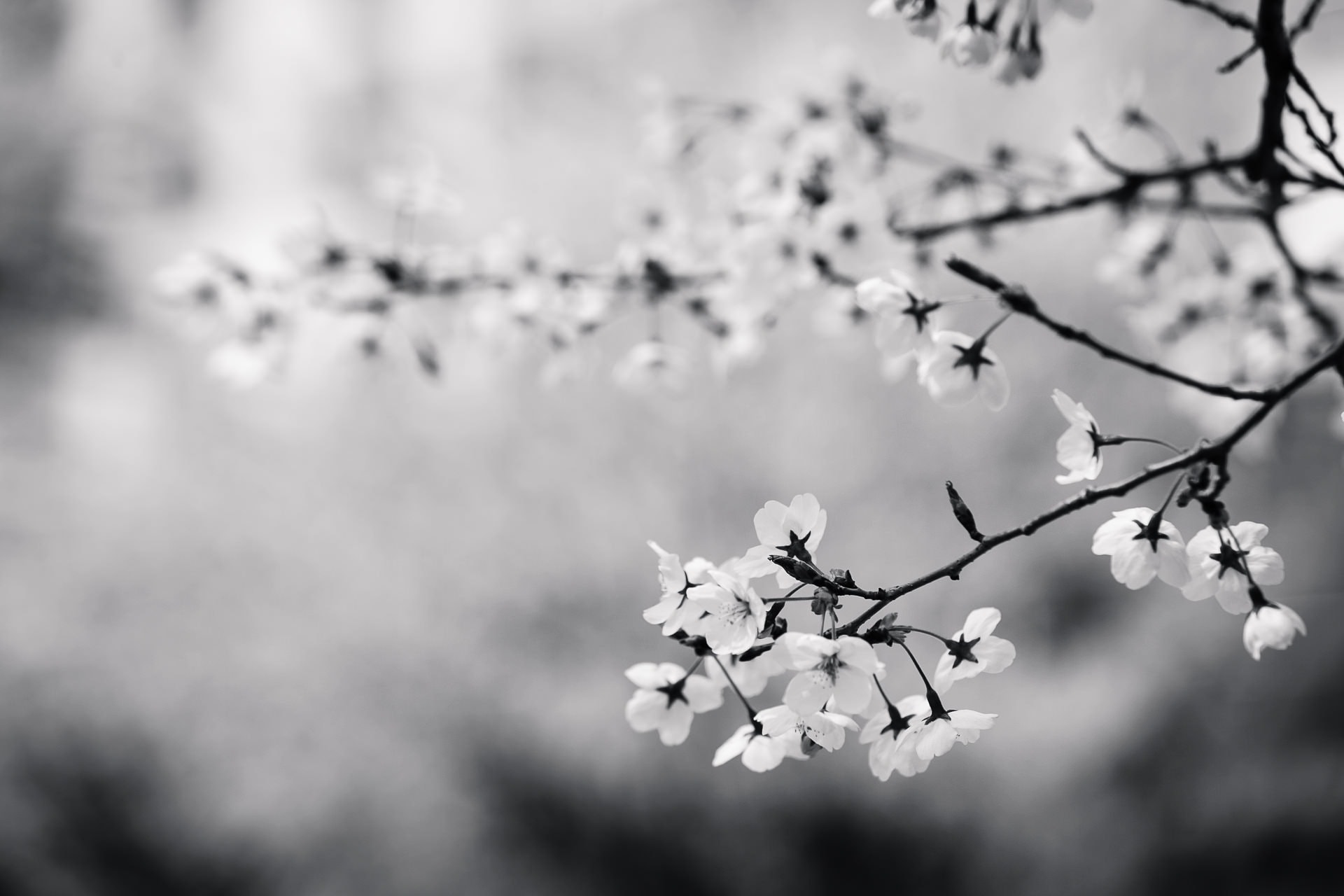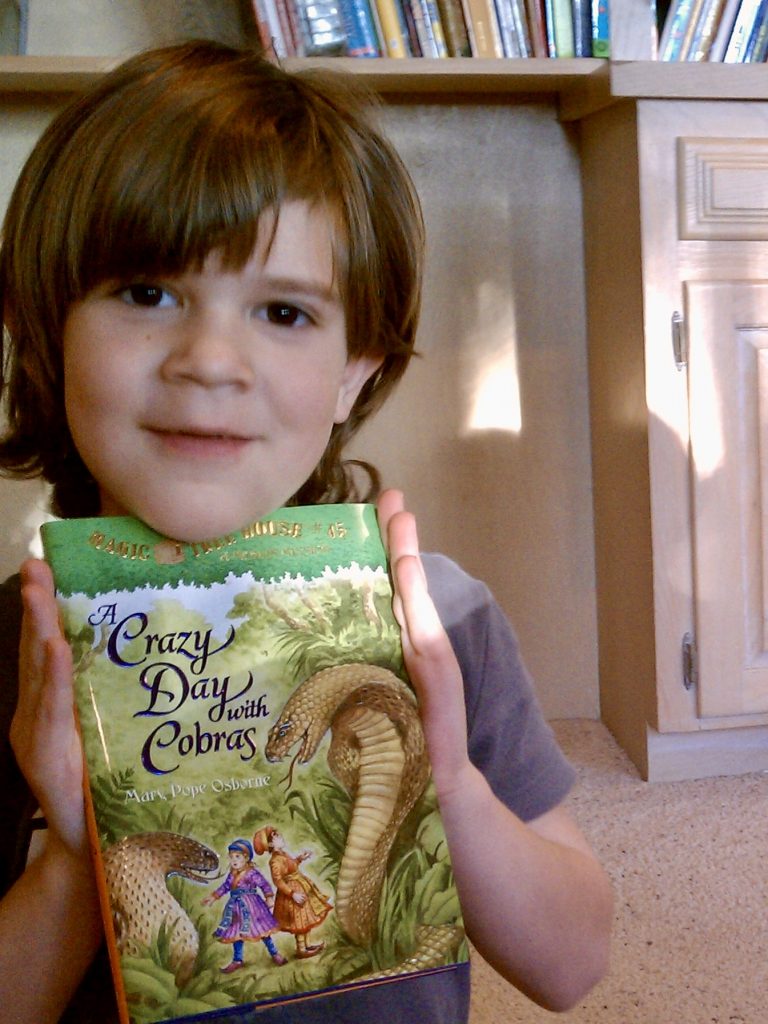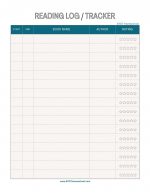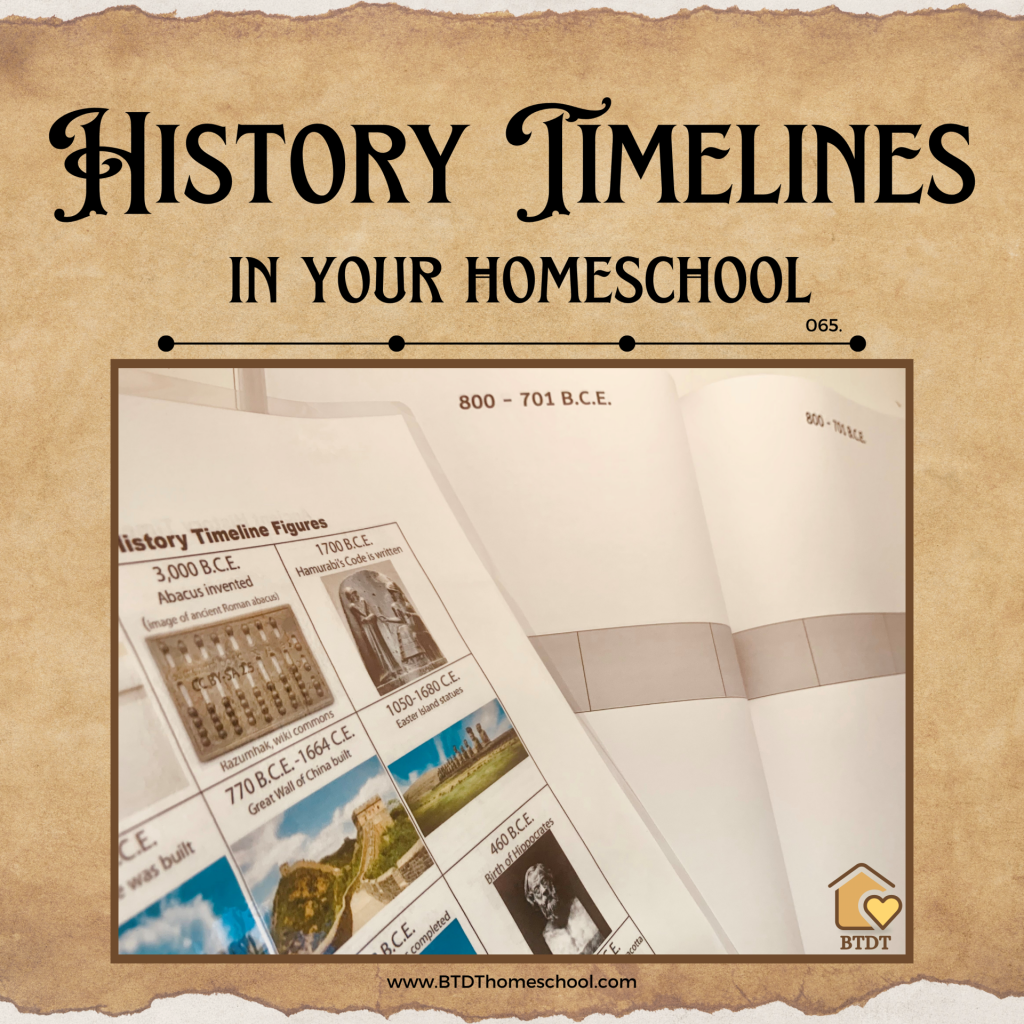
024.
Favorite Books For New Readers
This is a special episode for elementary age children that are learning how to read and new readers. We will discuss branching into beginning chapter books and talk about great read-alouds they will love!
Tune in and see our Complete List of Books

TWO WAYS TO LISTEN TO THIS EPISODE:
1. Click PLAY Button Above ^^ to listen here.
2. OR Listen on your favorite podcast platform:
Scroll Down for this week’s Freebie:
Reading Log with book 5-star rating (pdf)
Brand New to Homeschooling?
GETTING START PAGE >>
Kindergarten Page >>
High School Series >>
Show Notes
In episode 15, We covered how to Teach your child to read– how to know when they are ready, we talked about curricula, and games for learning. If you haven’t listened, you may want to revisit.
As we said in that episode, reading is fundamental and necessary for learning. And instilling a love of reading at an early age is the key that can unlock the door to lifelong learning. It’s the foundation that helps us learn and make sense of the world around us. Reading builds social and emotional skills and ignites imagination. Reading builds self-confidence, independence, and is a critical foundation for developing logic and problem-solving skills.
Once you are past that very initial part of beginning to read, you may wonder where to go next and it can be confusing to see all the options and different terms and technical jargon out there describing various stages of reading. We see terms like Emergent, Early, Transitional, and Fluent, when referring to groups of reading levels. These might be where students may have different reading abilities, writing skills, and sight word proficiency. There is a range of terms to describe readers in the different stages of their literacy journeys.

When we talk about developing and emergent readers, we are really just talking about the same thing. Technically, anyone who reads could be considered a developing reader, as we are all still strengthening our comprehension and writing skills into adulthood. But when we say that in relation to children, these are kiddos that are learning the basics of reading such as decoding, phonics, the alphabet, and sight words that are essential for long-term literacy. They may be making the transition to longer books with more complicated plotlines and they are just overall evolving into a more skilled and confident reader. They probably recognize high-frequency words, both in books and just things you see in daily life- while driving, in the kitchen, on TV. Usually they show a strong desire to read and listen to others read
Sometimes we use the term “Emergent” to emphasize these kids that are developing the foundational skills that will support lifelong literacy, and are truly emerging into a new territory of reading potential.
When we talk about transitional readers, Transitional is that stage right before moving onto chapter books. It’s totally ok to let your child decide when this is. And then also, when we hear the terms Early or Easy readers, this often means the books, not the child. They are books with age appropriate vocabulary and word usage, simple sentence construction, they can be utilitarian but they should also be rich and vibrant, keep your interest, keep the child motivated and able to decode words that are unfamiliar.

Remember how exciting reading was for you and you may rediscover your zest for reading alongside a child- it can be really refreshing for both of you. Because language used to describe reading development can be complicated, we just encourage you to meet your reader where they are at.
So when our child first learns to read and they have begun their own unique reading journey, you may ask what kind of books should we be looking for? What books are going to continue to ignite their interest and encourage them to build upon those skills?

So again, as you go looking for Early Readers or first step readers, sometimes it’s helpful to go to the library and see how they organize different level books- but remember you don’t have to stick to one level or kind. Some kids do like that or like to track their progress. Some kids may just jump right in to full on chapter books and that’s ok, too.
One of the things we think about as a Charlotte Mason homeschooler is avoiding Twaddle. Twaddle is defined as books with lots of pictures and action but with short snippets of no sentences and little character. They can sometimes talk down to children, or require little effort. It doesn’t help to strengthen a child’s imagination. I always use the example of Winnie the Pooh, the original books by A.A. Milne. They are beautiful and deep stories full of adventure, humor, and lovely language. And they are more than just funny- in fact, I often say to read these aloud to young kids, but also hand them off to older kids, because there are so many silly things in the ways the animals misspell things and use puns that you almost have to see it rather than just hear it. Now Disney Winnie the Pooh, is a whole other story- they are animated, and just really dumbed down. There aren’t puns and deep jokes but surface level funnies and storylines. Much of the very best things about the story aren’t even in those books/shows.
But also, consider that reading preference can come in many flavors and a reluctant reader may require other currency- graphic novels, for instance. Calvin and Hobbes and Far Side were favorites for our kids and their friends.
Favorite early picture books and readers:
Kevin Henkes books:
Frog and Toad books by Arnold Lobel
Little bear books by Else Holmelund Minariik
Henry and Mudge/ Annie and Snowball by Cynthia Rylant

Mr Putter and Tabby by Cynthia Rylant
Zoey and Sassafras by Asia Citro
Elephant and Piggie by Mo Willems
Katie Woo Pedro book series by Fran Manushkin
Where the Wild Things are by Maurice Sendak
Alexander and the no good very bad day by Judith Viorst

While looking at lists to make sure we didn’t leave things off. And by the way, we have left a lot off because there’s only so much episode time! We probably could go on and on forever. See the complete List of Top 50 beloved titles for new readers
We created our Top 50 books for new readers. We have enjoyed all of these books in our own homes with our own children. They have been beloved favorites throughout the years, and we really wanted to share all of them with you. This collection of early reading books has colorful illustrations, they have shorter lengths, clear formatting, and they’ve been picked with the readers in mind that are going to be bridging the gap between reading board books jumping into lengthier chapter books.
The one thing that I really love about this list is that we really combined a mix of beloved classics with some newer titles, and I think we did a pretty good job of incorporating diverse voices and characters and things that we enjoyed in our own homeschool. Representation really does matter, and we really want kids to see themselves in the stories that they read so I think that we did a great job on combining that so make sure you check that out on our show notes we will have the entire Top 50 list and we actually wrote a very detailed description for each book so make sure you check that out.

As we’ve both mentioned many times on our podcast, we both love to (and sometimes still) Read aloud to our kids, even though they are high school level now. But as younger kids this was definitely an every day, several times a day occurrence. And when we weren’t reading, we were often listening to audiobooks while we were driving.
Some favorite read-alouds or early chapter books:
Magic Tree House by Mary Pope Osbourne– we’ve mentioned these before, too. We both really liked them. These books are sometimes predictable and they are definitely formulaic, but it adds to their charm. These siblings go on lots of adventures and introduce readers to a variety of real historical events and figures. They are a great stepping stone into deep dives on topics and they even have accompanying reference guides if your kids want more after the story. They are about 80 pages long. You can easily read them in a sitting or at least in a day or so.

Ramona series by Beverly Cleary– These were my favorite as a kid and I could not wait to introduce my kids. We went through all 8 of the Ramona series and then the spin-off Henry Huggins series (her sister’s best friend). The author also has a series about Ralph S.Mouse that we loved- a mouse that befriends a boy on vacation.
Geronimo Stilton books are really funny, have impactful illustrations and highlight new words.

Winnie the Pooh by A. A. Milne-also big favorites that we talked about earlier. There are 4 books in the series but really two of them are Winnie the Pooh focused, the others are poetry and story collections.
The Wind in the Willows by Kenneth Grahame– another in the same vein as Winnie the Pooh. Animal stories are full of adventure and really, really funny.
Some kids don’t really like books with characters that have a lot of sibling rivalry. Not that we don’t deal with that in our homes, but there are books where that is the hallmark of the sibling relationship, and we just didn’t like it because they couldn’t always relate to kids that talked to each other like that. Some kids also don’t like books with constant school settings- especially as homeschoolers. So, one way we found our way around that was to search out older books.
Books by Elizabeth Enright- “Gone Away Lake” and “Return to Gone Away Lake”. The Melendy family series that starts with the “Saturdays.” These are older books that are about siblings or cousins and their adventures.
The Boxcar Children by Gertrude Warner– These books are a sweet series of about 160 titles and written by a first grade teacher about 4 orphaned children that create a home in an abandoned boxcar and encounter many adventures and mysteries. There’s other adaptations of these including a version for younger kids even.

Sometimes adaptations are good- maybe read an adaptation of Shakespeare when you need a better understanding of the story. We definitely recommend reading both though, so you don’t miss out on the language, but start with that so you don’t get caught up in figuring out what is going on. Some things I think lose the beauty of the language when you read an adaptation and some risk that dumbing down and twaddle we are trying to avoid.
“Swallows and Amazons” by Arthur Ransom- another older book about siblings or cousins that spend the summer camping out on an island across from their summer house and have a lot of adventures.
Modern day versions of these kinds of stories would be “The Penderwicks.” Another sweet family that has their moments of rivalry or jerkiness but are otherwise loving and supportive.
Where the Mountain Meets the Moon by Grace Lin– this is a fantasy adventure novel inspired by Chinese folklore. This particular book is about a girl from a poor village seeking good fortune for her people. There is a sequel, but I haven;t read it. It’s a beautiful story.
Very Very Far North by Dan Bar-el (series). Kind of Winnie the Pooh-ish and inquisitive bear befriends an array of animals. This is also a series.
Half Magic series by Edgar Eager

Kate DiCamillo- I think her writing is just absolutely fantastic, people seem mixed on her sometimes. Some of her stories are dark and dreary, but she always comes through with a happy ending, often a bit of a tear jerker. The Tale of Despereaux, The Miraculous Journey of Edward Tulane, One and Only Ivan.
We really could go on and on all day about our favorite books. We will continue sharing our favorites in a middle school favorite books episode coming in the near future.






